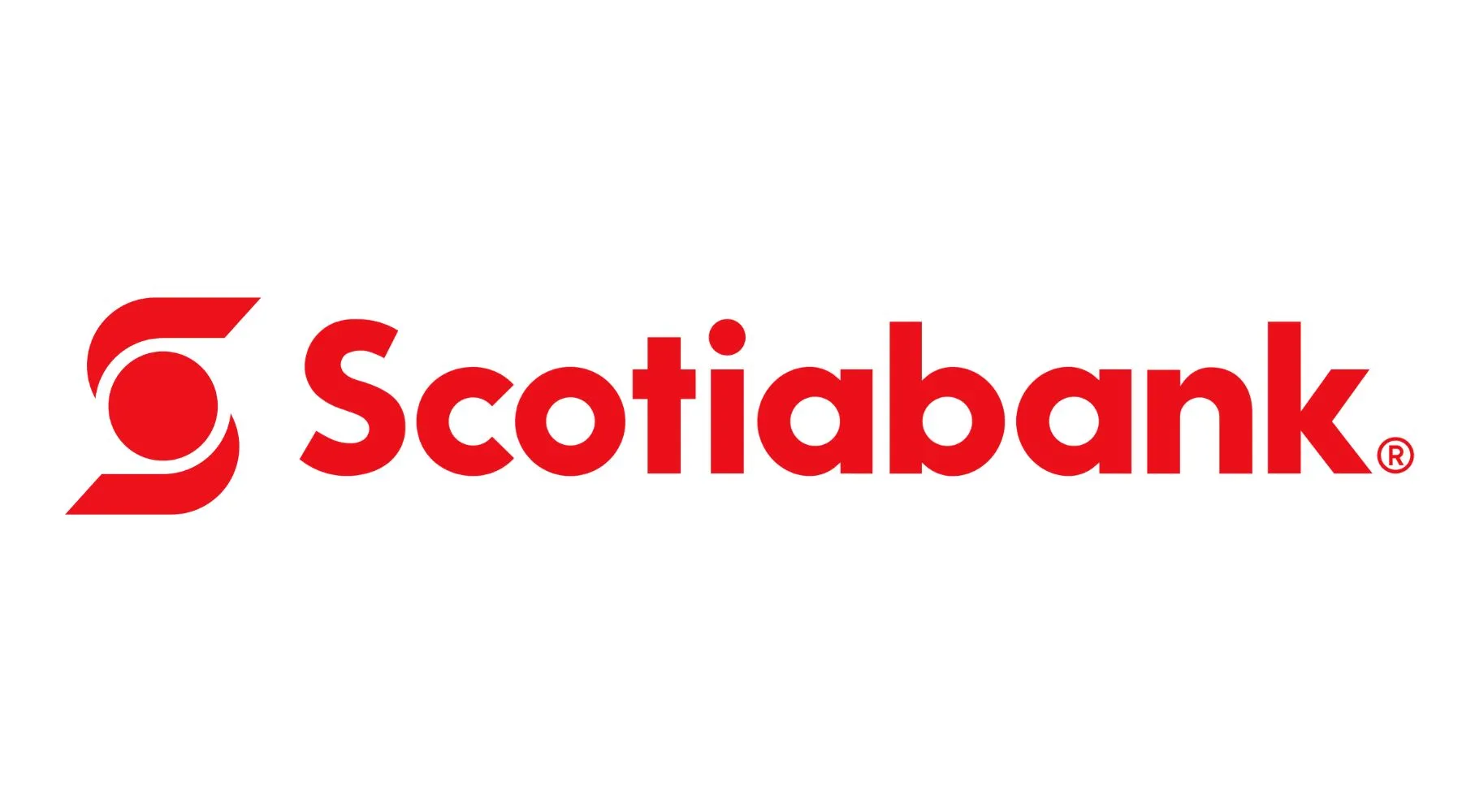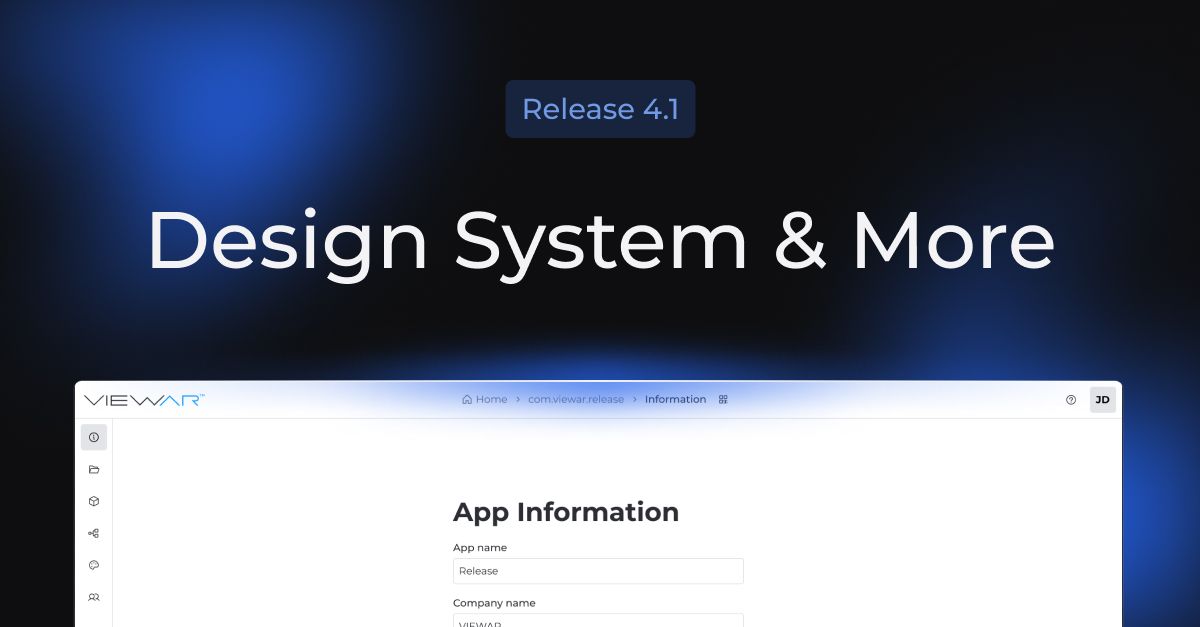Introduction
Inefficient knowledge sharing costs large businesses $47 million (€ 41,3 million) per year! [prnewswire] With the surge in boomer retirement [pewresearch], job losses [cnbnc], and a rise of self-employment [ifs.org.uk], the specialized workforce in companies is declining, and previously held knowledge is leaving organizations . In fact, it is estimated that 42% of the knowledge acquired is unique to the individual [td.org] and this has to be re-learned by their coworkers. But how can you ensure the knowledge is shared among all employees who base their work on it?
Why Knowledge Transfer Is Important
Training is important for employees to improve their knowledge and grow their skillset. This can, in return, improve the efficiency of the organization. Employees can then take on more responsibilities and develop a deeper understanding of the overall connections between all the complex tasks involved [indeed]. Of course, training employees can be cost intensive [edume], but delivers a sustainable return on investment in the long run [tsw.co.uk]. However, there is much potential to reduce the repetitive training to a minimum by applying some foresight and planning.
After all, why would you want to spend money on something that has already been trained?
Sharing information and knowledge in a company can be a tedious task, but should not be taken lightly. It is the key factor and driving force for the creation of innovative products and services. Knowledge is one of the most important resources, allowing significant growth of a company when handled and diffused in a smart way. Therefore, the development of knowledge transfer strategies, methods, and frameworks, is a vital characteristic for further development of a successful business endeavor.
“Knowledge Transfer can help tomake innovation-systems more efficient.”ERA Portal Austria
The Problem With Traditional Knowledge Transfer
Knowledge transfer is typically a multi-step process. Each step increases the risk of inaccurate information communication or perception. In traditional knowledge transfer, the employee transcribing the knowledge into readable information is limited by his language, the symbols (alphabet) describing this language, and the medium itself.
Of course, you can convey much more information in a video than writing it on paper, as non-verbal cues help establish the context. However, especially when it comes to complex tasks, describing the thing itself can be tedious. In some cases using videos or audio recordings might only add to the complexity of the task rather than making it more easily digestible. Plus recording everything and consuming the material is more involved compared to just written information. There needs to be a more innovative way to transfer information from experienced employees to new hires. One of those ways is implementing augmented reality through the VIEWAR Ecosystem.
How AR Can Overcome Challenges in Knowledge Transfer
It has been shown that traditional knowledge transfer comes with certain challenges and that knowledge transfer can be a challenge by itself. Getting the desired results from thoughtful knowledge transfer is aided by seeing new ideas and innovations as something interesting rather than a threat. One of these innovations is the use of augmented reality as an immersive e-learning environment.
There are several advantages of using augmented reality over traditional knowledge transfer methods: It is more engaging which leads to better retention [CentreOfBrainHealth], complex tasks can be made easier to understand, and dangerous situations can be practiced more safely [Forbes] while still keeping a sense of realism [elearningindustry]. Augmented Reality can improve the effectiveness of employee training because employees can recall the information with greater ease [brightaffect].
Augmented reality helps to maintain high quality of information and keeps inexperienced workers efficiently trained and informed at all times. This cuts training time and reduces time-to-information. Annotated instructions, on-demand training, or remote expert guidance can improve communication, knowledge retention, and costs in the long run. By exchanging information with augmented reality, you can break down complex assignments into easy tasks without needing additional resources.
How to Accelerate Knowledge Transfer with AR
The interest in AR is exploding and it is forecast that over 23 million jobs will be enhanced by either AR or VR technologies globally by 2030 [Statista]. It will improve our ability to absorb information and make better decisions. It promises satisfactory results as an interface between humans and machines. We can all agree that having an AR-strategy is not an option, but a necessity if a company wants to stay competitive in the future of business as many industry players will embrace and derive operational benefits from it. There are several ways how augmented reality can be implemented with the VIEWAR Ecosystem. Depending on your industry, you might want to consider one way over the other:
1. Digital Workflows: Move from traditional knowledge transfer to digital workflows, reducing the overall use of clipboards and paper lists. Improve the communication of information by adding valuable digital notes and dynamic checklists. Help your workers by reducing the effort to maintain and manage digital inspection workflows to a minimum. If you want to improve your traditional workflows, click here to find out more.
2. Remote Assistance: Combine live streaming with augmented reality technology to enhance inspections and empower self-sufficient support processes. Share data, receive feedback from experts, and improve collaboration in a more efficient way by building a collection of know-how. Augmented reality can reduce errors and the need for experts on-site. This saves time and money in the long-run. Read more here how you can use the technology of augmented reality to implement remote assistance in your business.
3. Indoor Navigation: Augmented reality can track movement or find the location of certain objects. It will help to find the desired machine, pipe, or other object in a complex indoor environment, navigate through the facility, or give accurate information to workers depending on their location. With augmented reality, you can not only make it easier for employees to find their way through the building, the environment can interact with the employees, give them immediate alerts, helpful tips, or other necessary information immediately. If indoor navigation seems like the right solution for your company, click here.
The Technology of AR in Knowledge Transfer
Augmented reality uses a digital twin or 3D scans of the environment. They can easily be created with state-of-the-art smartphones. After that, the relevant information can be stored in points of interest (POI) as text, video, or images. That means, whenever someone moves to a designated object in the real world, the app automatically recognizes where the user is and can then display the information accordingly, bridging the digital and physical world.
The VIEWAR System currently employs a number of technical features, like indoor navigation, product visualization, remote assistance, IOT data visualization, digital workflows, positional OCR, object tracking, and marker tracking. If you want to find out more about the VIEWAR System and how you could apply it to your business, contact us through the form below. We are most welcome to answer any questions that you may have.
Fundamental problems in augmented reality have already been solved. You do not need to create your own software but can easily use one of the many available solutions that offer modular open source code. Or use one of the available software development kits (SDKs) to create your own custom application. With the VIEWAR SDK you can combine logics, functionalities, app flows, user interfaces, and APIs to develop a modern application with ease. If this seems like a suitable option for your business, write us through the form below.
What do you want to create today?
Contact expert
We look forward to helping you to identify the most valuable use case for your business. Please complete the form if you want to speak to one of our experts or if you want to schedule a demo call.
First Name
*
Last Name
*
Company
*
Business E-Mail
*
Industry
*
— Please select —
Aerospace & Defense
Air Freight & Logistics
Airlines
Auto Components
Automobiles
Banks
Beverages
Biotechnology
Building Products
Capital Markets
Chemicals
Commercial Services & Supplies
Communications Equipment
Construction & Engineering
Construction Materials
Consumer Finance
Containers & Packaging
Distributors
Diversified Consumer Services
Diversified Financial Services
Diversified Telecommunication Services
Electric Utilities
Electrical Equipment
Electronic Equipment, Instruments & Components
Energy Equipment & Services
Entertainment
Equity Real Estate Investment Trusts (REITs)
Food & Staples Retailing
Food Products
Gas Utilities
Health Care Equipment & Supplies
Health Care Providers & Services
Health Care Technology
Hotels, Restaurants & Leisure
Household Durables
Household Products
Independent Power and Renewable Electricity Producers
Industrial Conglomerates
Insurance
Interactive Media & Services
Internet & Direct Marketing Retail
IT Services
Leisure Products
Life Sciences Tools & Services
Machinery
Marine
Media
Metals & Mining
“Mortgage Real Estate Investment
Trusts (REITs)”
Multi-Utilities
Multiline Retail
Oil, Gas & Consumable Fuels
Paper & Forest Products
Personal Products
Pharmaceuticals
Professional Services
Real Estate Management & Development
Road & Rail
Semiconductors & Semiconductor Equipment
Software
Specialty Retail
Technology Hardware, Storage & Peripherals
Textiles, Apparel & Luxury Goods
Thrifts & Mortgage Finance
Tobacco
Trading Companies & Distributors
Transportation Infrastructure
Water Utilities
Wireless Telecommunication Services
Other Industry
Phone Number
Country
*
— Please select —
Afghanistan
Aland Islands
Albania
Algeria
American Samoa
Andorra
Angola
Anguilla
Antarctica
Antigua and Barbuda
Argentina
Armenia
Aruba
Australia
Austria
Azerbaijan
Bahamas
Bahrain
Bangladesh
Barbados
Belarus
Belgium
Belize
Benin
Bermuda
Bhutan
Bolivia
Bonaire, Sint Eustatius and Saba
Bosnia and Herzegovina
Botswana
Bouvet Island
Brazil
British Indian Ocean Territory
Brunei
Bulgaria
Burkina Faso
Burundi
Côte d’Ivoire
Cambodia
Cameroon
Canada
Cape Verde
Cayman Islands
Central African Republic
Chad
Chile
China
Christmas Island
Cocos (Keeling) Islands
Colombia
Comoros
Congo
Cook Islands
Costa Rica
Croatia
Cuba
Curacao
Cyprus
Czech Republic
Denmark
Djibouti
Dominica
Dominican Republic
East Timor
Ecuador
Egypt
El Salvador
Equatorial Guinea
Eritrea
Estonia
Ethiopia
Falkland Islands (Malvinas)
Faroe Islands
Fiji
Finland
France
French Guiana
French Polynesia
French Southern Territories
Gabon
Gambia
Georgia
Germany
Ghana
Gibraltar
Greece
Greenland
Grenada
Guadeloupe
Guam
Guatemala
Guernsey
Guinea
Guinea-Bissau
Guyana
Haiti
Heard Island and McDonald Islands
Holy See
Honduras
Hong Kong
Hungary
Iceland
India
Indonesia
Iran
Iraq
Ireland
Isle of Man
Israel
Italy
Jamaica
Japan
Jersey
Jordan
Kazakhstan
Kenya
Kiribati
Kosovo
Kuwait
Kyrgyzstan
Laos
Latvia
Lebanon
Lesotho
Liberia
Libya
Liechtenstein
Lithuania
Luxembourg
Macao
Macedonia
Madagascar
Malawi
Malaysia
Maldives
Mali
Malta
Marshall Islands
Martinique
Mauritania
Mauritius
Mayotte
Mexico
Micronesia
Moldova
Monaco
Mongolia
Montenegro
Montserrat
Morocco
Mozambique
Myanmar
Namibia
Nauru
Nepal
Netherlands
New Caledonia
New Zealand
Nicaragua
Niger
Nigeria
Niue
Norfolk Island
North Korea
Northern Mariana Islands
Norway
Oman
Pakistan
Palau
Palestine
Panama
Papua New Guinea
Paraguay
Peru
Philippines
Pitcairn
Poland
Portugal
Puerto Rico
Qatar
Reunion
Romania
Russia
Rwanda
Saint Barthelemy
Saint Helena, Ascension and Tristan da Cunha
Saint Kitts and Nevis
Saint Lucia
Saint Martin (French part)
Saint Pierre and Miquelon
Saint Vincent and the Grenadines
Samoa
San Marino
Sao Tome and Principe
Saudi Arabia
Senegal
Serbia
Seychelles
Sierra Leone
Singapore
Sint Maarten (Dutch part)
Slovakia
Slovenia
Solomon Islands
Somalia
South Africa
South Georgia and the South Sandwich Islands
South Korea
South Sudan
Spain
Sri Lanka
Sudan
Suriname
Svalbard and Jan Mayen
Swaziland
Sweden
Switzerland
Syria
Taiwan
Tajikistan
Tanzania
Thailand
Timor-Leste
Togo
Tokelau
Tonga
Trinidad and Tobago
Tunisia
Turkey
Turkmenistan
Turks and Caicos Islands
Tuvalu
Uganda
Ukraine
United Arab Emirates
United Kingdom
United States
United States Minor Outlying Islands
Uruguay
Uzbekistan
Vanuatu
Vatican City
Venezuela
Vietnam
Virgin Islands, British
Virgin Islands, U.S.
Wallis and Futuna
Western Sahara
Yemen
Zambia
Zimbabwe
Message
If you are human, leave this field blank.
Send request


